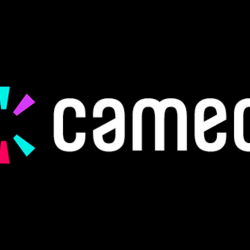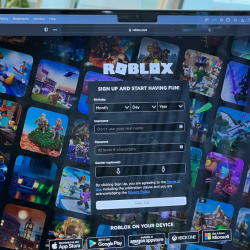As most marketers should now be aware, new cookie legislation is leading to a drop in useful user data to feed into campaigns for more effective and efficient use of budget. This marks a turbulent ‘Privacy Age’ for brands that may have previously outperformed online. But, all is not lost.
Embracing creative strategy in digital comms is now more vital than ever to boost engagement and ROI. After all, creative is responsible for 60 per cent of Facebook ad performance. That’s why creative testing is also critical to ensure a steady flow of engaging content reaches consumers. But new creative also needs a cutting-edge channel strategy to succeed. Although they have been subjected to scepticism since the dawn of their creation, influencers can be a key component of online ad success.
The three key creator values
For us, there are three key ‘creator values’ that we consider before launching any influencer campaign. This ensures that we’re working with creators who are genuinely invested in the brand, as well as ensures we’re working with brands who are aligned with our influencer ethos. With these two pieces in place, we put ourselves in a great position for an efficient campaign that both meets or exceeds client KPIs, and gives the influencer a positive experience:
- We view influencers as an extension of a brand’s marketing team — we work with them rather than just handing over a flimsy or inflexible brief that shuns the level of creativity many influencers will bring
- We let them sit behind the wheel of creativity — influencers’ input should be always be considered; they know their audience best and understand what will resonate
- We view influencers as having dynamic narratives — while an outdated way of viewing influencers may say that each belongs to one vertical, influencers today have risen to fame by being dynamic characters that are interested in a wide variety of things
Additionally, when working with influencers, brands will want to ensure they’re considering a wider range of value vs simply revenue driven. This will include: organic exposure and resulting sales, paid ads exposure and resulting sales, the opportunity for perpetual advocacy — or influencers talking about the brand/product outside of the scope of the deal, and fresh and cost-effective creative.
Want ROI? To test is best
Now that we have determined our influencer values and understand the breadth of value we can get from their content, we need to develop a testing plan. All of this should be done prior to discovery. For every creator there should be a contract in place, featuring a plan to use and test their content. In addition to being the legally correct way to repurpose influencer content, this also helps establish mutual respect and trust between brands and influencers.
Variables we commonly test include:
- Boosting content direct from the influencer’s handle, which can maximise engagement with their followers
- Promoting creator-led content from the brand’s handle e.g from Instagram. This means the creator sends a raw image or video, then the brand dark-posts the creator’s image from its own handle and copies over the original messaging the creator used in their post
- Dark-posting the creator’s asset from the brand handle, but modifying copy to align with best practices depending on the objective of the campaign and any relevant offers
In truth, that’s just the tip of the testing iceberg. When it comes to influencers, there are many ways brands can regain control of performance, unlock avenues for optimisation and boost value. In an age when creative testing is crucial, this will have a huge influence on brand success.
Featured image: Stefan Stefancik / Pexels































